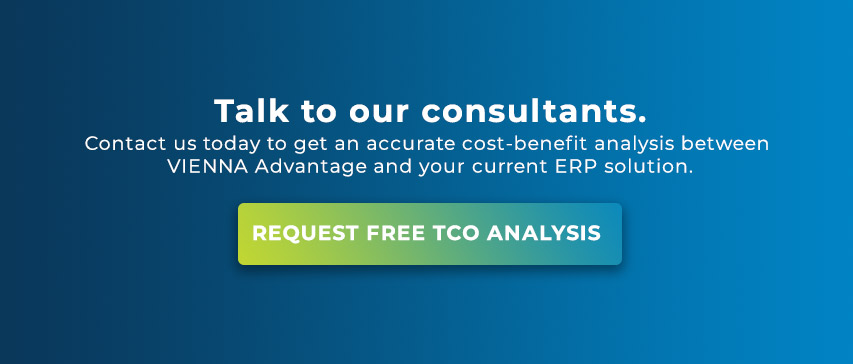
We have come a long way since the first industrial revolution when water and steam power was used to mechanize production. Subsequent breakthroughs of electric power and the rise of electronics and Information Technology (IT) paved the way for the second and third revolutions respectively. Now, we are in the middle of yet another revolution in which technology is rapidly disrupting how business is done. Whether it is the use of drones, Artificial Intelligence (AI), Machine Learning (ML), the Internet of Things (IoT), robotics, or 3D Printing, genetic engineering, quantum computing; innovations over the last decade have seen the emergence of a new era of possibilities paving the way for the 4th industrial revolution.
With these disruptive innovations, what is the role of ERP in the 4th industrial revolution?
The fact is, an ERP system forms the fundamental building block of any organization’s digital infrastructure. It is this foundation that helps companies run their day-to-day operations smoothly with their business partners. Without a stable, robust and scalable ERP in place, organizations will not be able to realize the benefits of technologies emerging in the 4th industrial revolution.
But first, let us look at what the various elements of the 4th industrial revolution are. The term Industry 4.0 was specifically coined by the German Government to launch a project which would digitize manufacturing processes, bringing about a ‘fusion of the online world and the world of industrial production’. This term coined in 2011 has stuck on and today has gained more relevance as businesses see a shift in power between consumers and producers, especially brought on by fundamental changes to availability and price of data networks, evolving security standards and the prevalence of mobile computing. Even though the term was initially coined keeping the manufacturing industry in mind, it now encompasses much more than manufacturing alone.
Major technological advancements such as cloud computing, IoT, robotics, or cognitive computing enable organizations to gain real-time data across different sectors, be it manufacturing, production planning, or even financial management.
However, when organizations use these technologies, they often are in use cases that are specific to certain areas of the business. Unless these innovations are eventually integrated with the core ERP, the true benefits of these solutions cannot be realized.

For instance, when a Robotic Process Automation (RPA) application is introduced to automate invoice processing, this application has to be integrated with the Accounts Payable module of the ERP solution. Similarly, if an AI-enabled resume screening solution is implemented in the HR department, this solution will need to be integrated with the Recruitment module of the ERP solution to feed active openings from the manpower planning and budgeting modules.
This clearly goes to show that although solutions that utilise emerging technologies are aplenty, they can only truly add value when their capabilities are augmented with the core ERP solution in the organisation.
ERP is the central nervous system of an organization and eventually the single source of truth on any transaction in the company. Therefore, as much as technologies offer innovation, the true benefits are realized only when they are coupled with a strong ERP solution.
Act While There’s Still Time
Today, digital disruption is affecting practically every business sector, and hence, visionary executives are leaning towards transforming their companies to stay relevant in their markets and to enjoy a competitive advantage. To most companies, this involves the modernization of their core ERP platform and shifting it to the cloud for enhanced management of costs, better agility, and quicker access to innovations. This is an ideal time to shift to VIENNA Advantage Cloud ERP solution.
